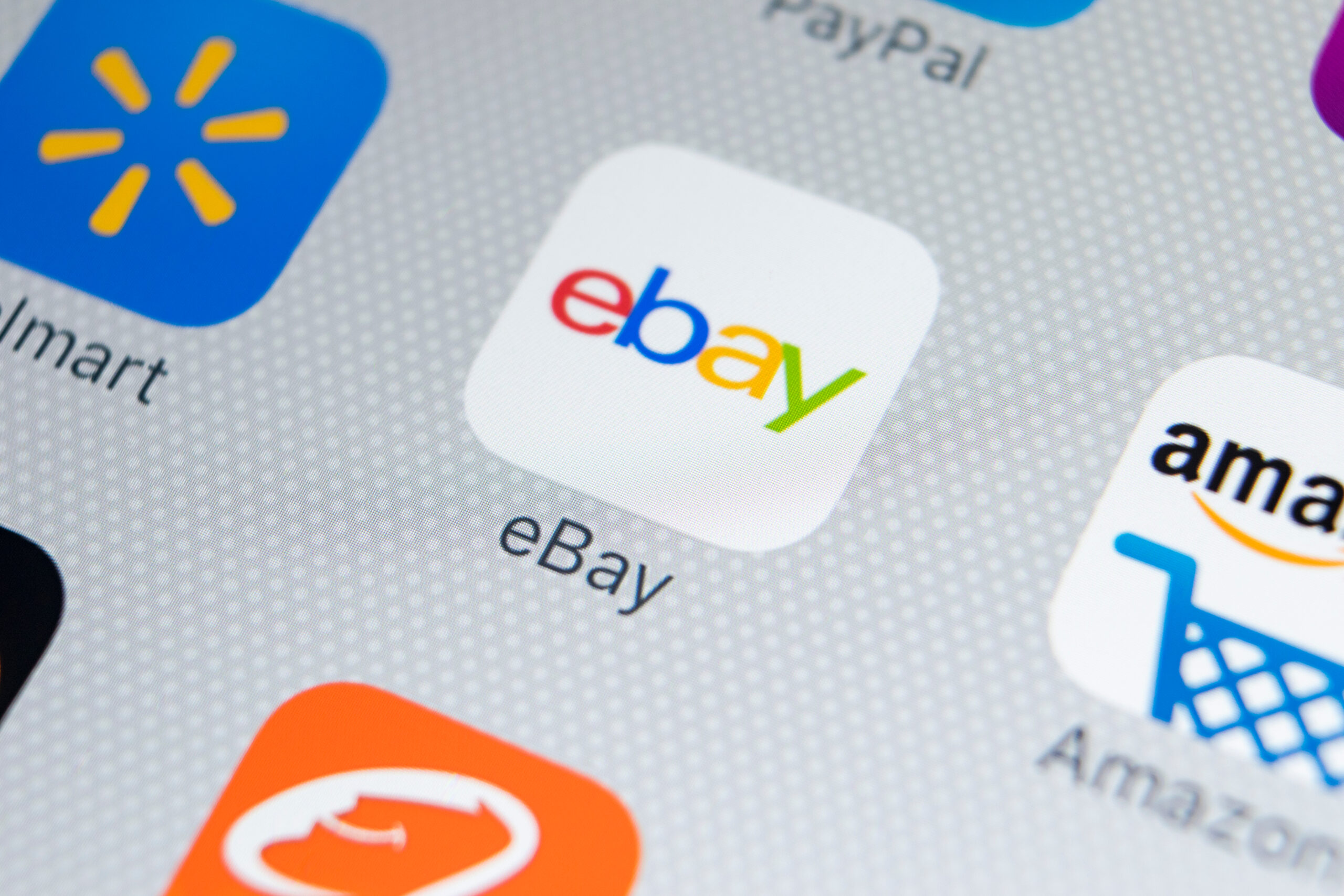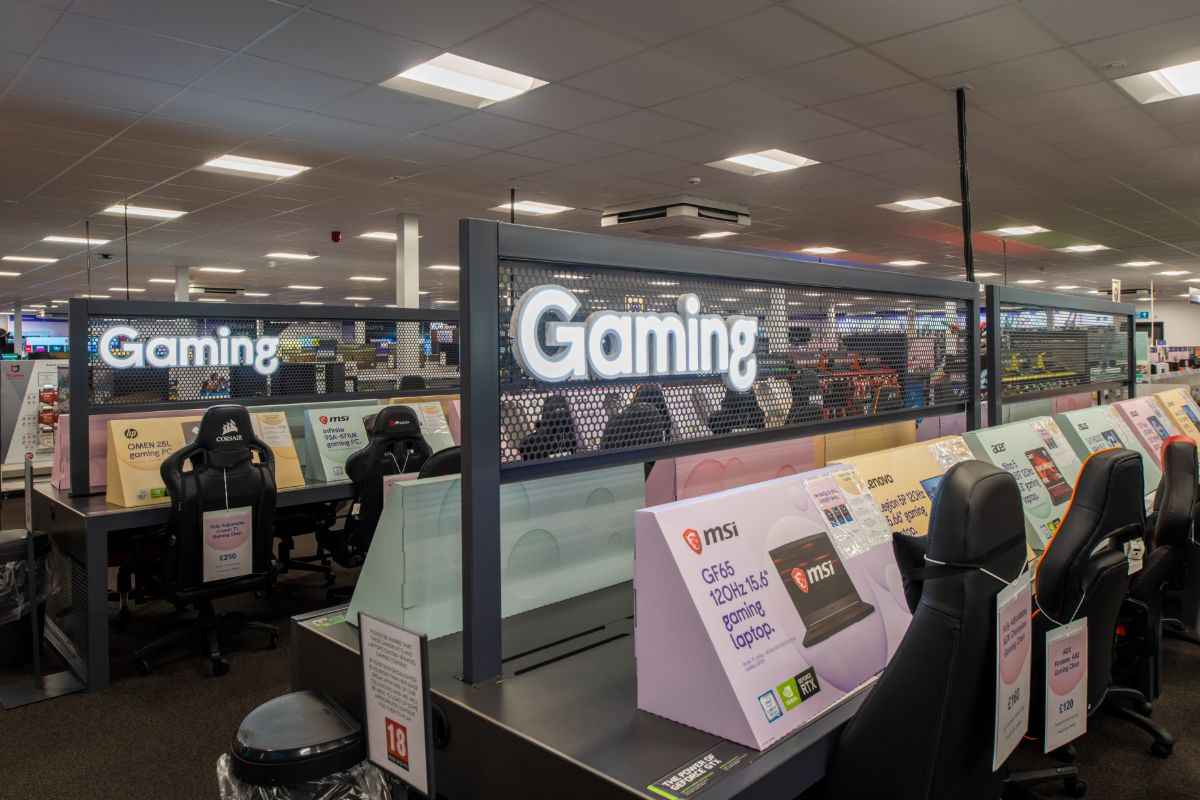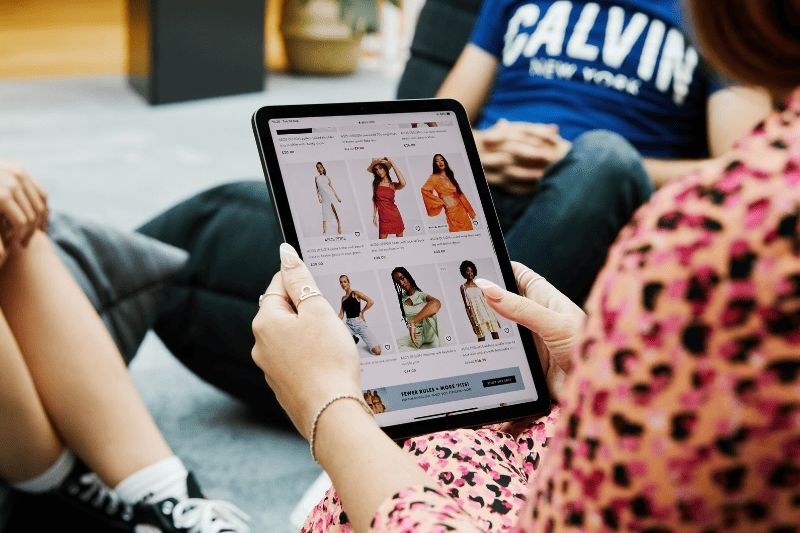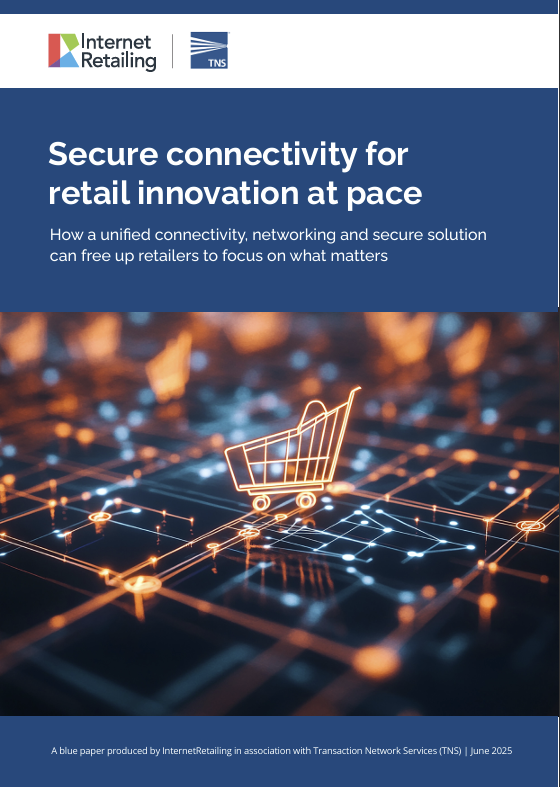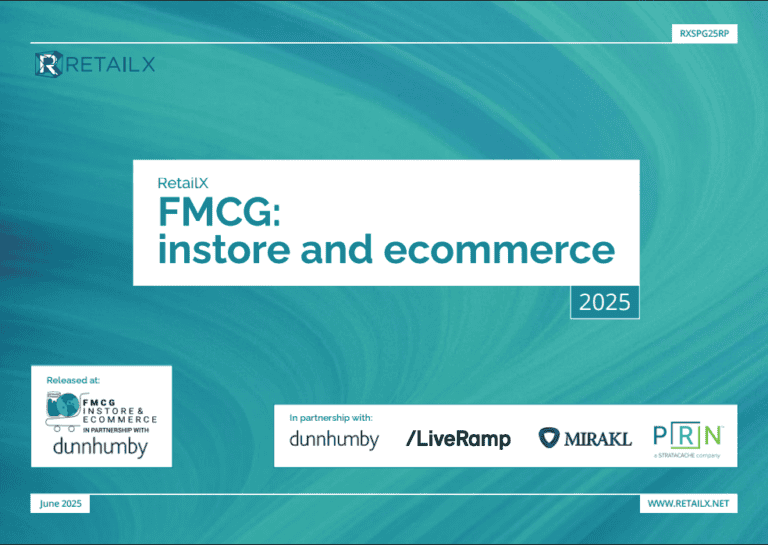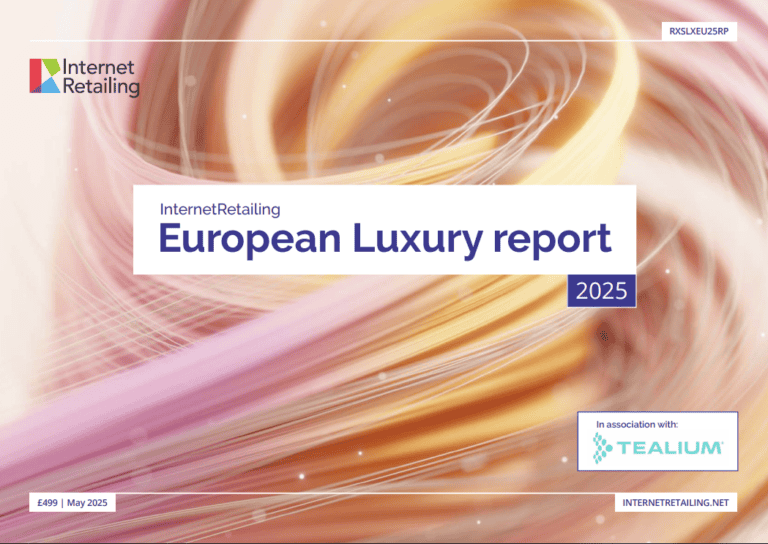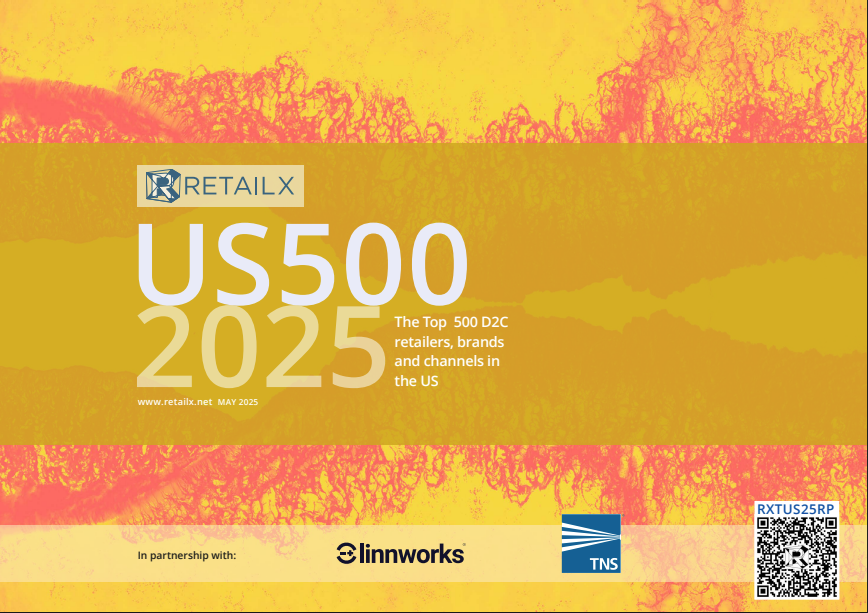Most (90%) consumers have taken themselves off retailer mailing lists in the last year – and 46% say they do so because they just get too many messages, a new study suggests.
Nearly a quarter (24%) of 1,531 consumers questioned in research for customer engagement specialist Engage Hub said they got messages from some retailers at least once a day, while 15% said they received yet more missives than that.
Additionally, 24% of those surveyed said they had unsubscribed from a retailer because the messages they received were irrelevant – and 15% said retailers never sent them relevant offers or updates.
This, the research reveals, has a significant impact for retailers given that one in 10 UK consumers (11%) would consider shopping elsewhere if they continued to receive irrelevant communications from a retailer, while 68% would simply unsubscribe.
Simon Brennan, VP sales, Europe at Engage Hub said, “Retailers need to change tack. Poorly targeted, ‘spray and pray’ style marketing campaigns generate the most spam complaints, and the majority of such communications remain unopened. This not only undermines a retailer’s spend on direct marketing ROI but also it also turns customers away as they quickly become disengaged with a brand that doesn’t treat them as an individual.
“Modern marketing is increasingly reliant on harnessing real-time data to drive more meaningful, memorable and effective conversations with customers. Retailers, therefore, need to focus on crafting contextual, highly personalised content that draws the customer in, rather than making them hit the delete button or mark it as spam.
“And this is where leveraging data, from transactions and interactions that customers have already had with a brand, proves invaluable. Having a holistic view of subscribers, by consolidating CRM data and marketing activity across multiple channels, will ensure consumers aren’t bombarded with irrelevant messaging.”
The Engage Hub research also found that consumers want more personalised content within the messages they receive from retailers. Nearly half of UK consumers (46%) said they would be more encouraged to click through to purchase if promotional offers were tailored to their likes and dislikes, indicating that there is a level of personal information they are willing to share if asked.
There were a number of other factors that would encourage consumers to click through to purchase on communications, including the timing of a communication (18%) and offers tailored to the consumer’s location.
Nearly a fifth of respondents said they would also be more encouraged to click through to purchase if offers were sent to them via their preferred channel of communication. Yet just 21% said that retailers always deliver offers and promotions to them via their preferred channel of communication.
Email was considered as the channel of choice for the majority of UK consumers (62%), yet nearly one in five (17%) would most like to receive communications from retailers via social media – making this the second most popular channel for UK consumers.
But there were notable differences for some key demographics: 68% of the 65 plus age group preferred emails, contrasted with 50% of 18 to 24-year-olds. Social media was favoured by 26% of that younger age group – and by 11% of those aged 65 and above.

